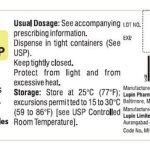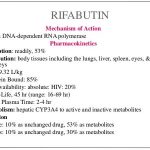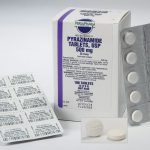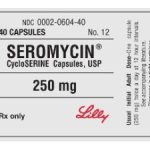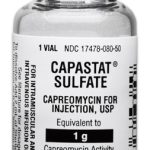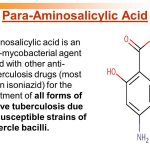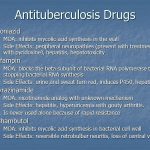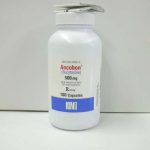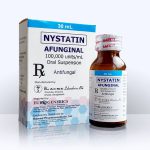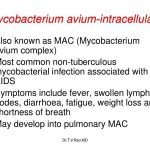
Prevention of disseminated MAC disease is an important goal in the management of patients with HIV infection and low helper/inducer (CD4+, T4+) T-cell counts because of the frequency with which the disease occurs in such patients and its associated morbidity. Current evidence indicates that MAC causes disseminated disease in a substantial proportion of HIV-infected patients and that prophylaxis with rifabutin, alone or combined with azithromycin, can reduce substantially the frequency of M. avium complex bacteremia and ameliorate clinical manifestations of the disease in patients with AIDS.

